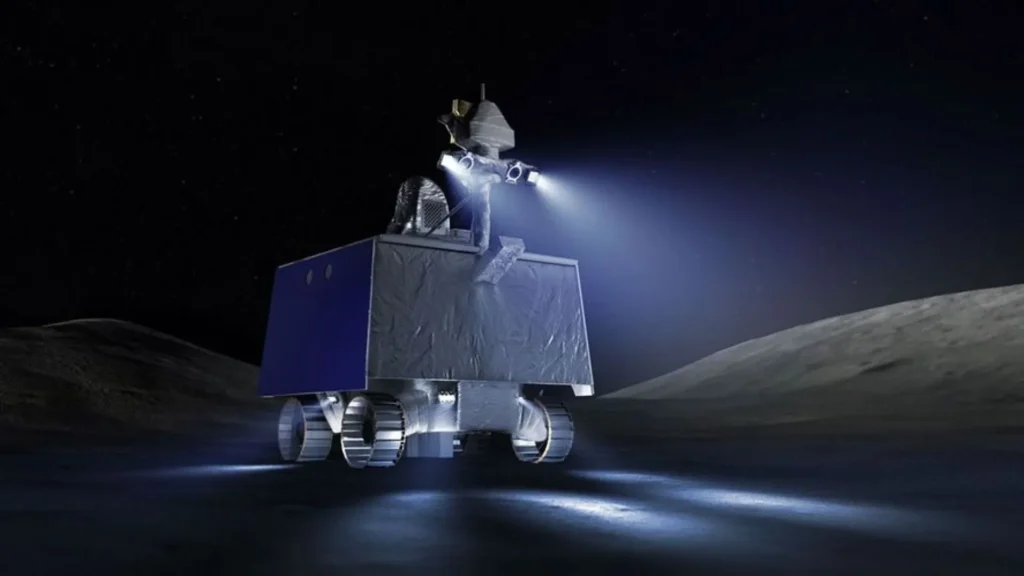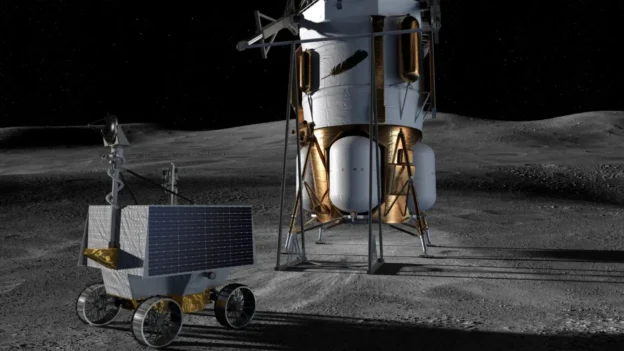NASA has once again relied on the private space industry. This time, Blue Origin has been selected to take the VIPER (Volatiles Investigating Polar Exploration Rover) rover to the lunar lunar south pole as part of the Artemis mission.
With this award, valued at $190 million, NASA incorporates a new delivery within its Commercial Lunar Payload Services (CLPS) program, reaffirming its commitment to public-private partnerships to advance lunar lunar exploration. The vehicle will be carried aboard a Blue Moon MK1 module, currently under development.
A strategic approach to lunar resources
The main objective of VIPER will be to analyze regions in permanent shadow and search for water ice and other volatile compounds. These data will allow assessing the feasibility of using local resources in future manned missions. manned missions to both the Moon and Mars.
NASA expects this information to help define safe landing zones for astronauts and landing zones for astronauts, as well asas well as better understand the geological and chemical processes occurring in the lunar environment. This is a key tool for establishing a sustained presence beyond Earth.
Blue Origin will assume the complete landing mission.
The company founded by Jeff Bezos will be responsible for the design and operation of the landing system, rover integration and surface deployment. This is the second CLPS contract received by Blue Origin. The first, scheduled for delivery later this year, includes scientific instruments related to the study of the lunar plume.
In addition to Blue Moon MK1 testing, NASA will evaluate the system’s technical and operational performance before confirming VIPER delivery. The landing window is scheduled for late 2027, coinciding with a critical data collection stage.

The VIPER rover and its role in lunar architecture
The VIPER rover will be operated from Ames Research Center, while engineering development is being conducted by Johnson Space Center. This mission represents a strategic piece within the Artemis ecosystem and reinforces the U.S. intention to establish a robust lunar economy.
By exploring potential water sources and understanding their distribution, NASA seeks to lay the groundwork for sustainable exploration. The dispatch of VIPER marks an evolution in the way science missions are executed in collaboration with the private sector.
Source and photo: NASA


